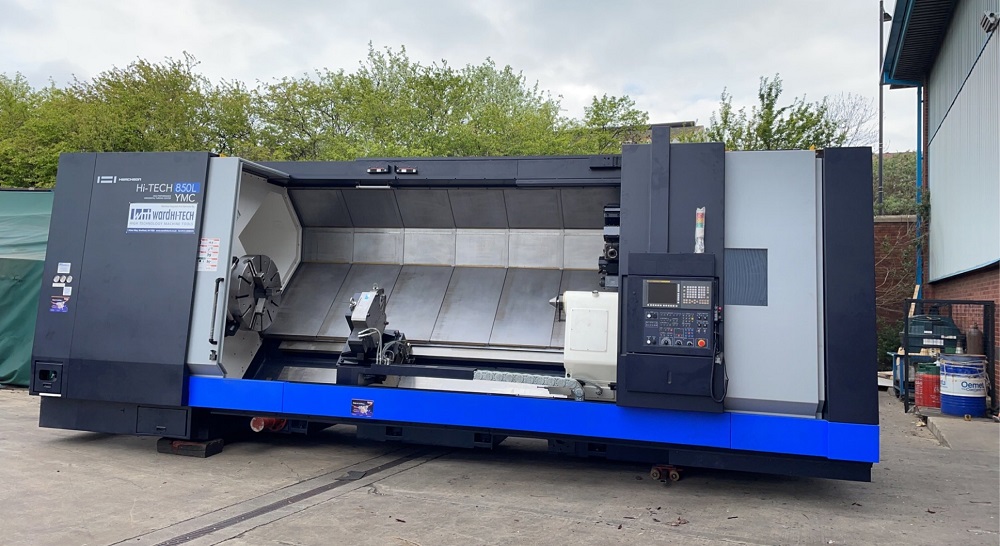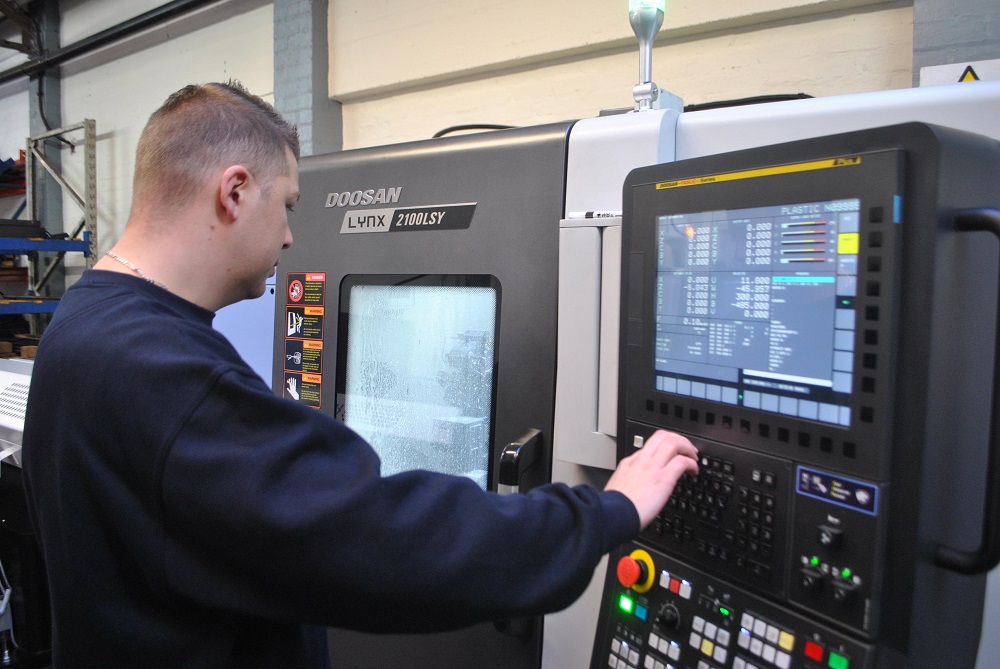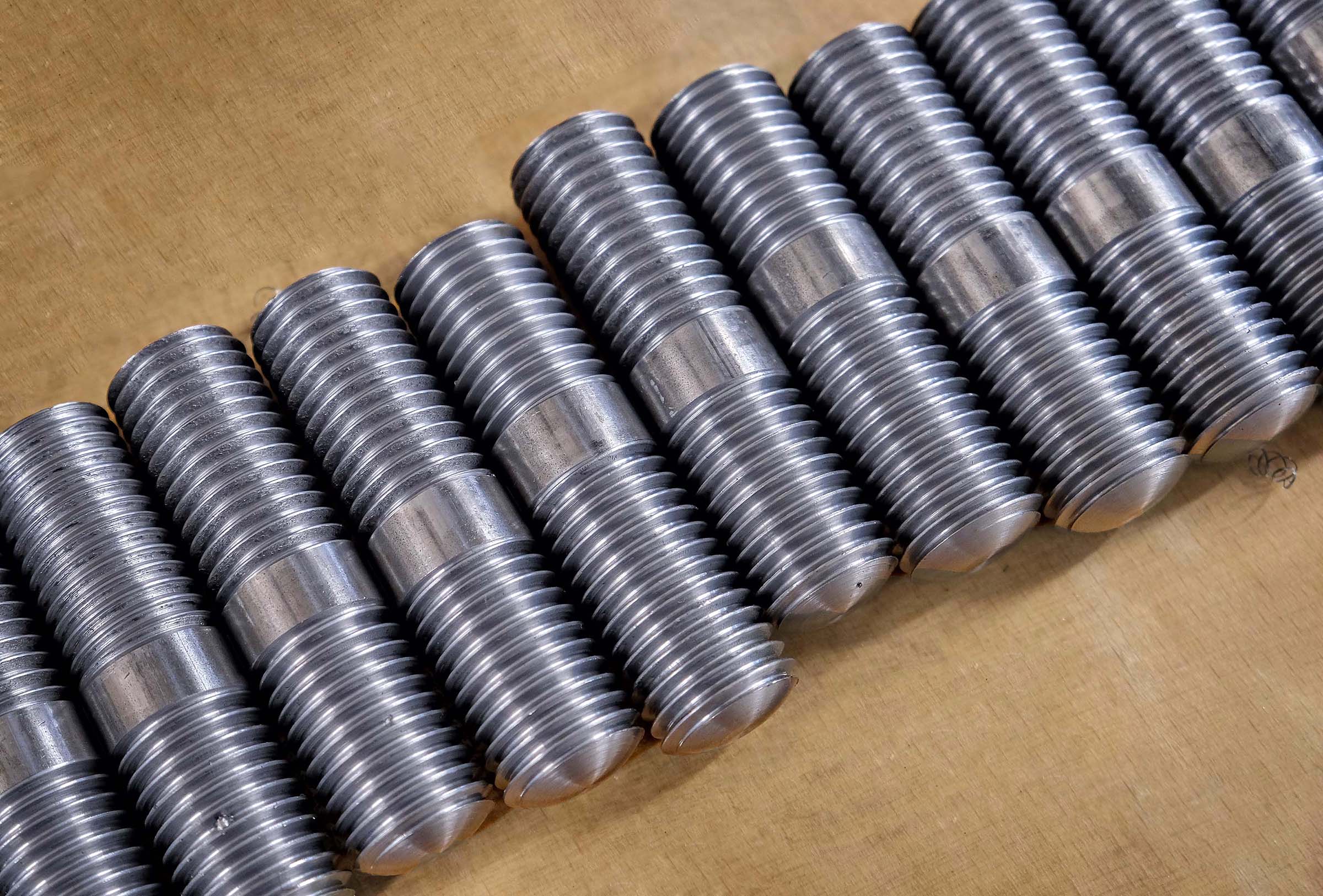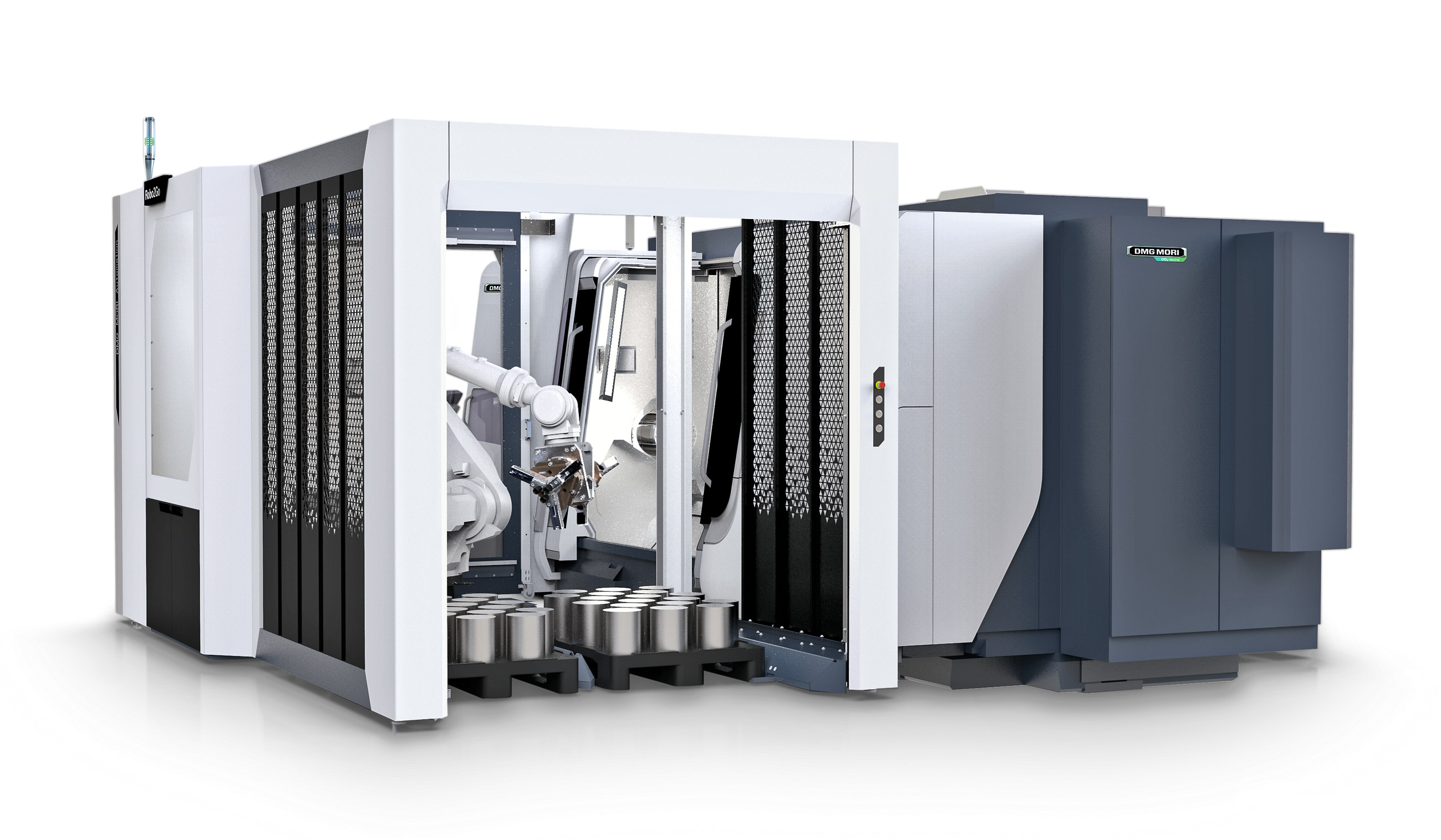To support the production of yet another new Kentucky-designed and built line of machine tools, Mazak has expanded the company’s Florence manufacturing campus with the addition of its new Syncrex assembly plant. The 27,000 sq ft building combines engineering, production and applications support for Mazak’s recently launched Syncrex series of Swiss-type turning centres for the precision machining of small parts.
With an output capacity of up to 10 machines per month, the Syncrex building features all the necessary overhead cranes and equipment its employees need to produce 16 different models within the series for the North American market. The machines come in four bar stock capacities (20/25/32/38) and four different axis configurations, up to a 9X model with full B-axis contouring capabilities. Production flow through the building starts with a machined base that progresses through assembly operations and on to alignment, testing, inspection and run-off procedures prior to shipping.
Kevin Sekerak, plant manager at Mazak, says: “Within the new building’s production flow, we’ve incorporated applications support, which is extremely critical for this particular type of machine. That support entails integrating various forms of automation and other ancillary systems together with the machines, then proving them out to make sure they all operate to customer performance requirements and specifications. Often, applications specialists will work side by side with assembly technicians during customer machine run-offs.”
The sliding-headstock Syncrex machines all sit on Mazak high-damping composite castings (HDCC) produced in the US and machined at Mazak Kentucky. This high-rigidity base provides greater vibration damping characteristics, less thermal growth and greater part surface capabilities when compared to cast-iron base machines, says Mazak. The company also produces Syncrex spindles, headstocks, sheet metal and other key components in Kentucky.
For further information www.mazakusa.com



















